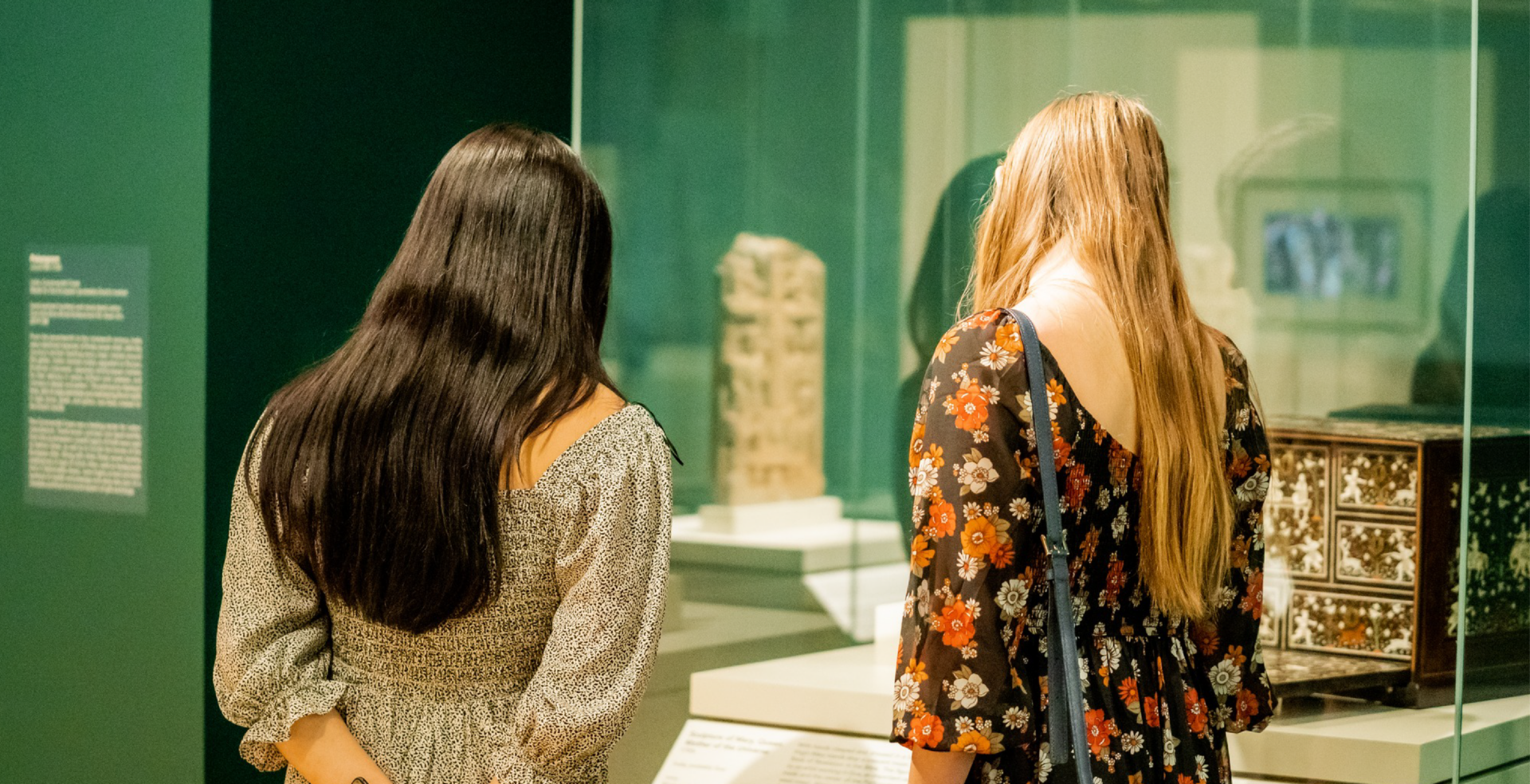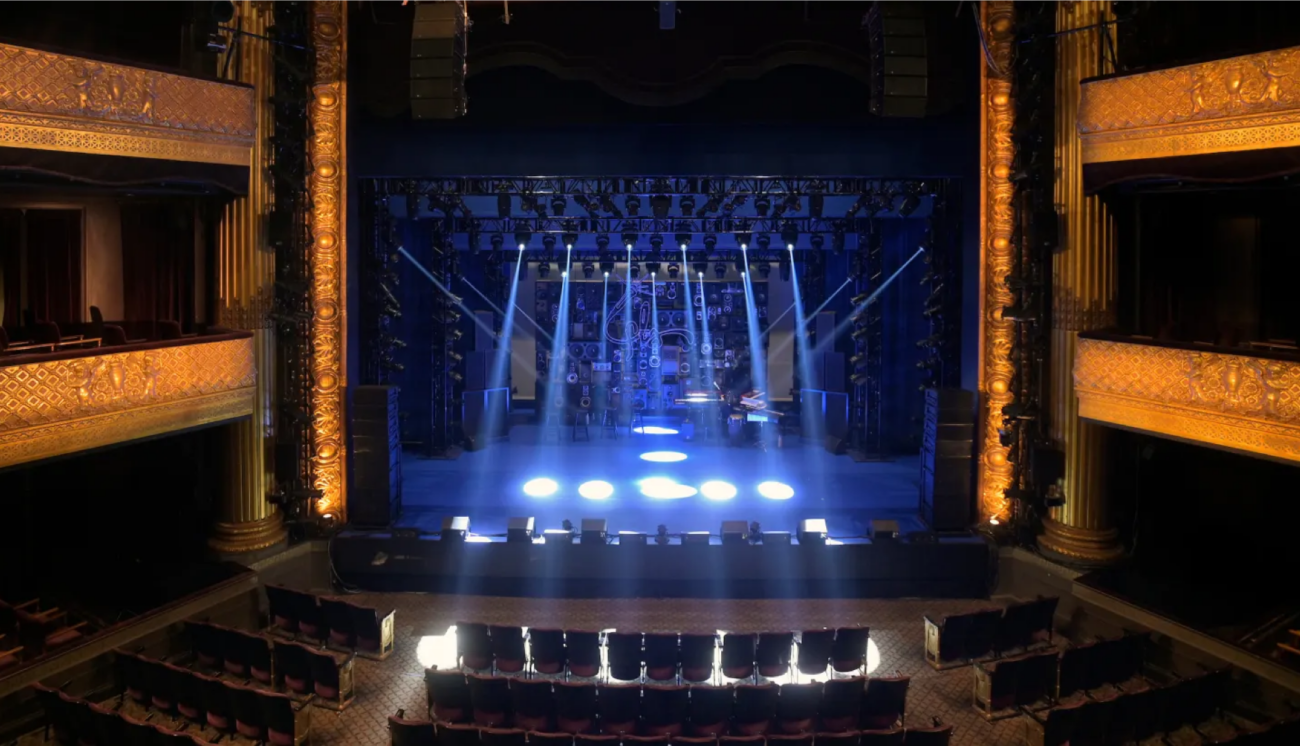
How We Helped Cincinnati Art Museum Unlock New Data Insights
Services We Provided:
Digital Advertising473%
ROI
$18.5K
Revenue
196
Purchases
Our Approach
Unlike the quick clicks of online shopping, attending an arts event is rarely an impulse decision. Most attendees need time to research the event, find someone to go with, carefully consider pricing options, and so on.
This long lead-up to buying tickets means that purchases can easily get lost in the attribution shuffle—especially for organizations like Cincinnati Art Museum (CAM), whose patrons don’t typically purchase tickets in advance.
UNDERSTANDING THE MUSEUM PATRON’S JOURNEY
Most arts visitors need a period of time called a consideration window to run through the list of potential pre-buying tasks, from choosing the date of their visit to figuring out transportation. By the time someone ultimately makes a purchase, weeks might have gone by from when they initially learned about the event.
One of the most exciting parts of the return of Meta’s 28-day attribution window is that we have greater insight into these audience members’ journeys. This is particularly crucial for museums, whose attendees often purchase tickets last-minute—meaning less purchase data coming through their digital advertising campaigns.
LEVERAGING A WIDER ATTRIBUTION WINDOW
This February, we ran three campaigns on Meta for CAM, all built using different objectives.
- General Awareness: Served ads to as wide a relevant audience as possible
- Art After Dark Series: Drove event responses
- Georgia O’Keeffe, Photographer Exhibition: Drove purchases
Although each campaign was set up to generate a different result, their combined effect was powerful. They drove over 945k impressions and reached over 500k unique users. The event response campaign saw almost 2,000 responses. But perhaps most exciting were the purchase results.
Limited Window
The default 7-day post-click and 1-day post-view attribution window showed 70 purchases and $2,500 in revenue attributed to the three campaigns. While those numbers represent a return on investment (ROI) of -24%, that’s typical for museums, as most attendees just show up rather than buying online beforehand. (Keep in mind that digital advertising campaigns can only track data for people who purchase digitally!)
Expanded Window
Drumroll, please… when we expanded the attribution window to the newly-reinstated 28 days post-click/view, the ROI rocketed up to 473%. That represents 126 purchases and over $16k in revenue missing from the smaller attribution window, as these buyers needed a longer consideration period before purchasing.
Using Newfound Insights to make strategic decisions
When museums are already working with limited data, and we know that people are not purchasing instantly after seeing ads, the longer attribution window is crucial to understanding what the data is really showing. With this more robust data, we’re better able to reflect typical museum attendee behavior and make informed decisions for future campaigns.
READY TO unlock the potential of your data?
Let’s talk about ways to optimize your social strategy and key into actionable insights.
Explore more

Improved Campaign Results
SpeakEasy Stage

